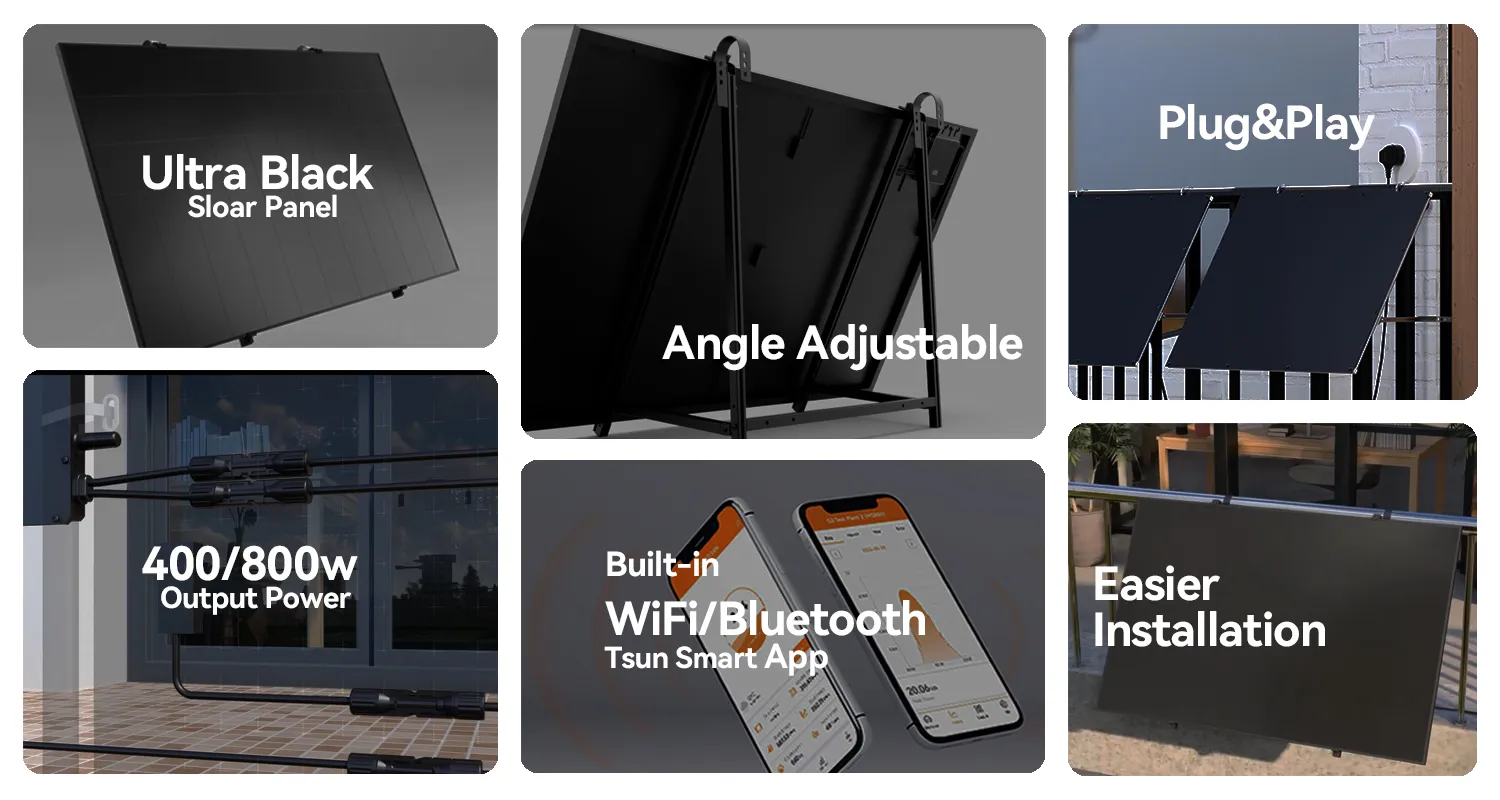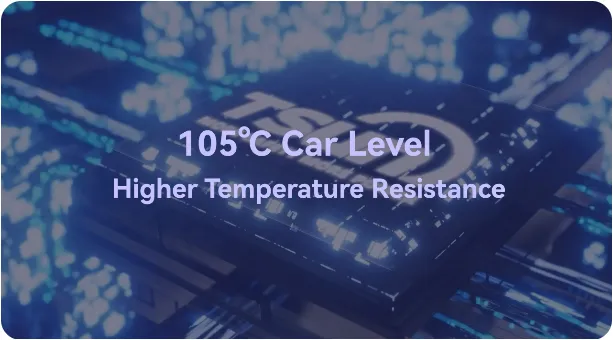Navigating the solar energy sector can be complex, especially when deciding between power optimizers and microinverters for your photovoltaic system. Both technologies have specific advantages and limitations, influencing their suitability for different environments and applications. Understanding these differences can help you make a more informed choice.

Power optimizers are devices that maximize the efficiency of the photovoltaic system by regulating the performance of each solar panel. They work by adjusting the operating point of each module to harvest the maximum power possible. This capability is particularly beneficial in scenarios where shading, panel orientation, or varying levels of sunlight affect the system, providing a significant boost in energy collection. Optimizers typically pair with a central inverter, with the advantage of allowing easier maintenance as the systems can be more straightforward due to the centralization of components.
This setup often comes with lower upfront costs compared to systems utilizing only microinverters.
Microinverters, meanwhile, serve as miniaturized versions of traditional inverters, with one assigned to each solar panel. This arrangement allows for the independent operation of each module, ensuring maximum efficiency even if individual panels are shaded or dirty. Microinverters are renowned for their flexibility in installations since they do not require stringing panels together, making them ideal for complex roof structures or areas with significant shading variances. In terms of reliability and maintenance, microinverters shine by offering module-level insights, simplifying troubleshooting processes, and enhancing system longevity. However, they usually come with a higher price point due to the need for an inverter on each panel.

In terms of expertise, solar industry professionals often lean towards power optimizers for larger, more uniform installations where system cost efficiency is prioritized. Commercial projects that benefit from energy harvesting and are less prone to shading issues often find power optimizers to be the optimal choice. On the other hand, residential projects with complicated roof layouts or frequent weather variations might better serve with microinverters, allowing for flexible power management and reducing the impact of partial shading.
power optimizer vs microinverter
From an authoritativeness standpoint, the importance of choosing the right system cannot be understated. Companies like SolarEdge, known for power optimizers, and Enphase, a leader in microinverter technology, provide substantial resources and expert guidance to aid in decision-making. Both manufacturers offer comprehensive warranties and exceptional customer support, ensuring that consumers have access to reliable information and assistance throughout the lifecycle of the solar system.
Trustworthiness is enhanced by the track record of these technologies in various environments. Power optimizers have proven effective in improving overall system performance by overseeing panel-level control without compromising system simplicity. Conversely, microinverters' modular nature ensures that underperforming panels do not affect the entire array, delivering assurance in diverse and challenging conditions.
In conclusion, the decision between power optimizers and microinverters should be based on individual project requirements. Power optimizers may be more suitable for projects where cost efficiency and centralized system maintenance are vital. Meanwhile, microinverters offer unparalleled adaptability, making them ideal for challenging installations with variable illumination conditions. Consulting with solar experts and thoroughly analyzing specific project needs can significantly assist in this decision-making process, ensuring the chosen solution aligns with both short-term expectations and long-term sustainability goals.
 LEARN DETAILS
LEARN DETAILS



